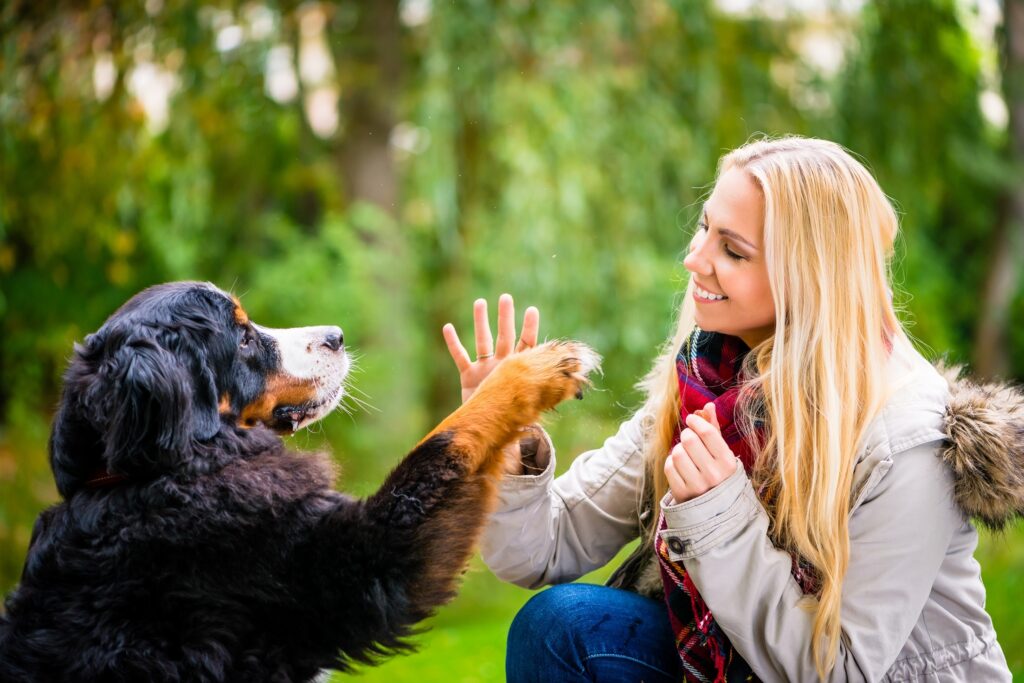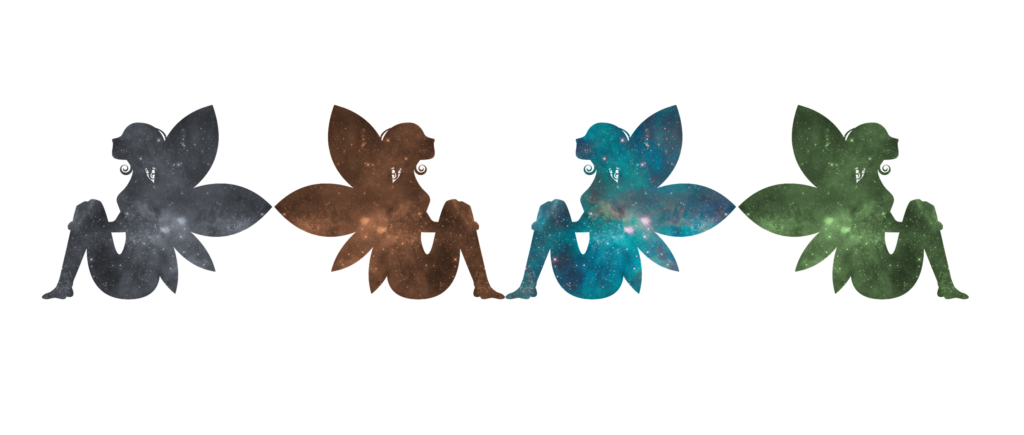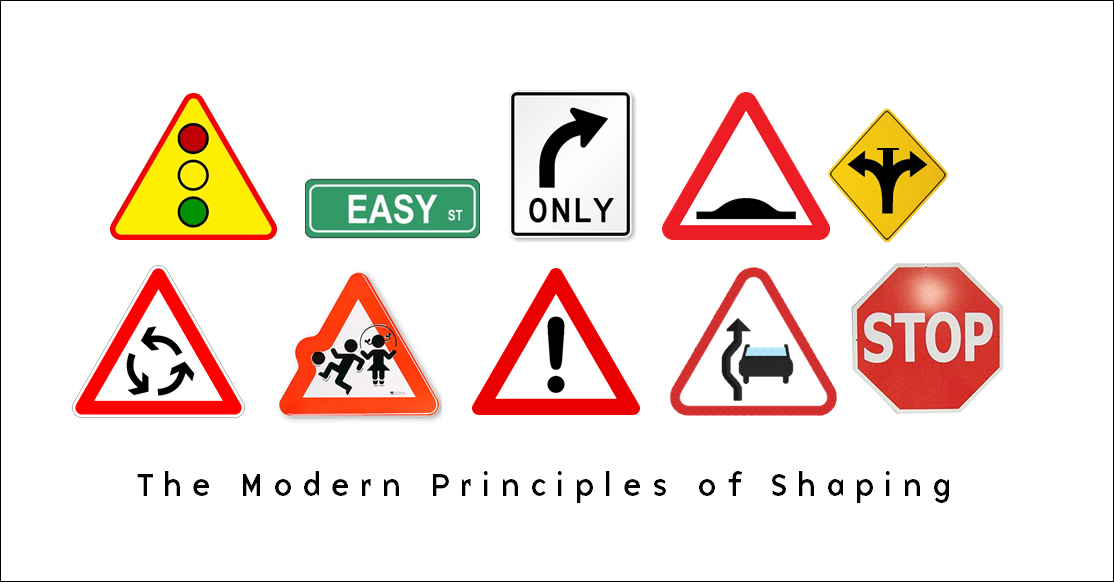I’ve recently revised my introductory animal training course, and one thing we do in the course is discuss which behaviours to start teaching an animal.
The 6 foundation behaviours.
Not only are these the behaviours that the animal learns first, so they are the ones that he’ll tend to revert back to and offer when he doesn’t know what else to do, but they also teach him about this game we’re playing together.
The foundation behaviours teach the animal what training is all about.
That it’s fun.

That the trainer is a good person to be around – interesting things happen next to that person, which builds their relationship.



